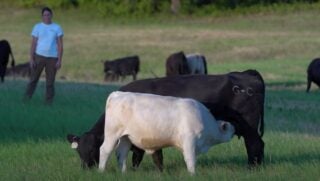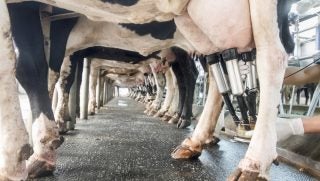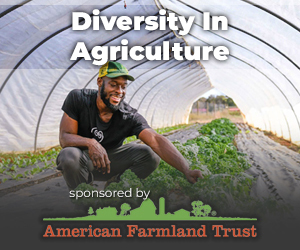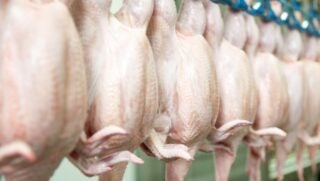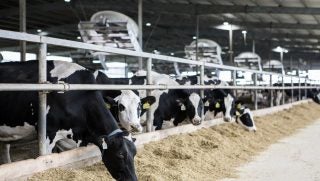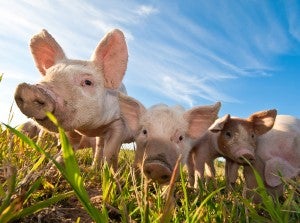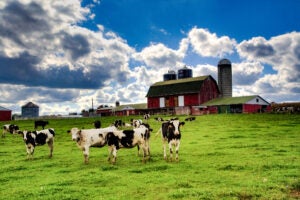G Bar C Ranch in Rosston, Texas, is this year’s 2023 National Environmental Stewardship Award Program winner, announced during the National Cattlemen’s Beef Association annual Spring Legislative Conference in Washington, D.C.
“For our operation, this is a lifetime achievement award, and this is a moment I will remember for the rest of my life,” said Meredith Ellis of G Bar C Ranch. “It took me going far away to college and coming home to realize just how special ranching is and how I want to be just like my greatest mentor, my father.”
G Bar C Ranch, located north of Dallas, continues to improve ranching practices in ways that nurture the environment while remaining economically sustainable. The Ellis see themselves as caretakers of the land, maintaining biodiversity, natural habitat, and clean waterways. More than 500 species of plants, animals, and insects have been found thriving on the ranch alongside cattle that are being grazed.
“Stewardship means that I am a shepherd and must take care of all the living things that call this place home,” said Ellis. “No animal, plant or insect is too insignificant for consideration.”
G Bar C Ranch implements an adaptive multi-paddock strategy that rotates cattle through 58 permanently fenced pastures. Wheat Creek runs through the ranch and eventually feeds into the Trinity River, which is a water source responsible for half of Texans’ water needs. The Ellis family grazes in a manner that keeps the vegetative filters and sponges working effectively and prevents erosion, keeping water clear and pure.
The family also strives to keep carbon stored in the soil by minimizing disturbance. The ranch is a living laboratory and opens its gates to researchers from organizations, universities and other institutions. Some of the research has found that G Bar C Ranch is sequestering 2,500 tons of carbon dioxide, which is equivalent to taking 551 cars off the road every year.
“It is because of cattle that our grazing lands are as abundant and full of life as they are,” said Ellis. “Whenever I share my story, I think of my son, and know that it’s not about me, but it’s about his future and what it is going to look like.”
Established in 1991, ESAP identifies outstanding land stewards in the cattle industry. Each year, regional award winners are recognized with one being honored as the national winner.
“Cattle producers across the country are committed to being good stewards of natural resources,” said NCBA President Mark Eisele. “G Bar C Ranch is an exceptional example of the dedication required to share the land with future generations.”
